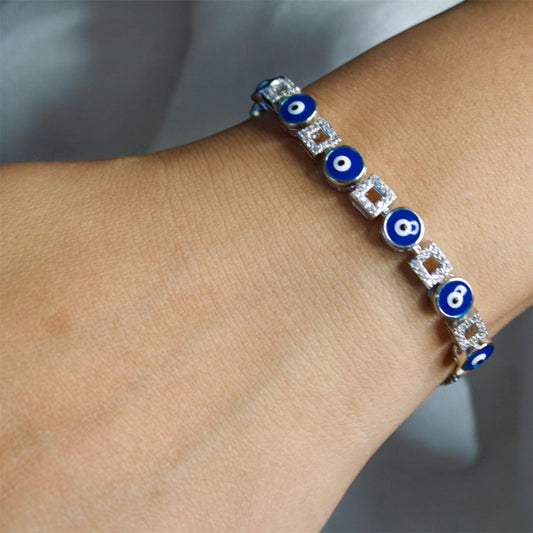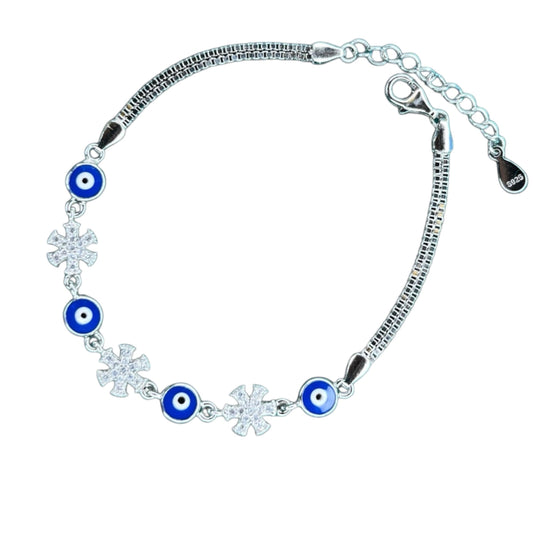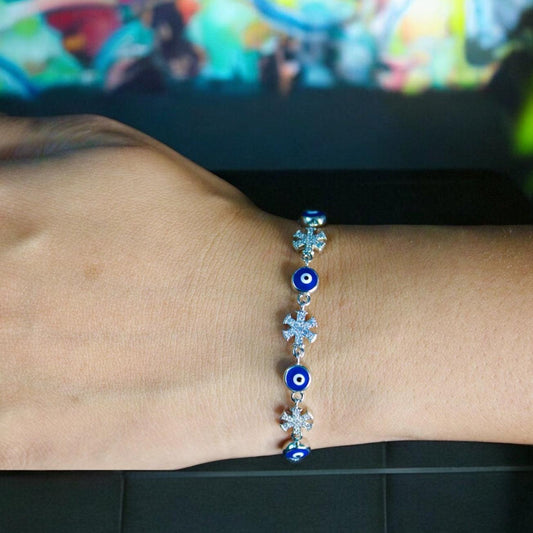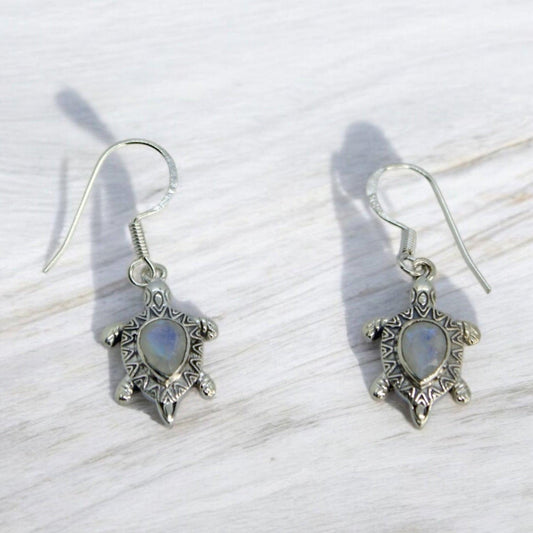The Origin of Jewellery in India: A Timeless Legacy by Shineers
Share
Jewellery in India is more than just an accessory — it’s a reflection of culture, heritage, and emotion. From the ancient Indus Valley Civilization to today’s contemporary designs, the origin of jewellery in India is steeped in rich history and unmatched artistry. At Shineers, we honor this timeless tradition by blending the elegance of the past with the charm of the present. But where did it all begin?
The Dawn of Jewellery: The Indus Valley Civilization
The history of Indian jewellery can be traced back over 5,000 years to the Indus Valley Civilization (circa 3300–1300 BCE). Archaeological findings from Mohenjo-daro and Harappa reveal that both men and women adorned themselves with ornaments made of gold, silver, copper, and semi-precious stones.
Beads, bangles, earrings, and necklaces were crafted using simple tools and incredible skill. These pieces weren’t just decorative — they held social, religious, and economic significance. Even today, many designs from this era inspire traditional Indian jewellery collections at Shineers, where we blend ancient elegance with modern finesse.
Vedic Era: Jewellery in Religion and Rituals
During the Vedic period (1500–500 BCE), jewellery took on a sacred role. It was deeply connected with rituals, mythology, and spiritual beliefs. Scriptures like the Rigveda mention gold and precious stones as symbols of wealth and divine favor. Ornaments like mangalsutra, nose rings, and anklets were introduced during this time, many of which continue to be worn in traditional ceremonies today.
At Shineers, we incorporate the spiritual symbolism of Indian jewellery into our designs, creating pieces that resonate with modern values while staying rooted in ancient beliefs.
The Royal Touch: Maurya and Gupta Empires
Under the Maurya (321–185 BCE) and Gupta (320–550 CE) empires, Indian jewellery witnessed an extraordinary evolution. With the rise of wealth and trade, artisans began using filigree, enamel work, and intricate carvings in gold and gemstones.
Jewellery became a statement of royalty and power, with kings and queens commissioning bespoke ornaments. The famous Navaratna jewellery, symbolizing nine celestial deities, became popular during this time. Shineers takes inspiration from this regal era to curate collections that offer a taste of royalty in every piece.
Temple Jewellery: South India’s Sacred Craft
No discussion of the origin of jewellery in India is complete without the mention of Temple Jewellery. Originating in Tamil Nadu and Karnataka during the Chola and Pandya dynasties, this form of jewellery was initially used to adorn deities in temples.
Crafted in gold with depictions of gods, goddesses, and mythical motifs, Temple Jewellery soon made its way into classical dance forms like Bharatanatyam and Kuchipudi. Shineers pays homage to this style with handcrafted pieces that celebrate divine artistry, ideal for weddings and cultural festivities.
Mughal Influence: The Art of Fusion
With the arrival of the Mughals in the 16th century, Indian jewellery entered a new phase. Persian aesthetics fused with Indian motifs, resulting in Meenakari (enameling) and Kundan (stone-setting) techniques. The use of polki diamonds, emeralds, rubies, and sapphires flourished, giving rise to some of the most opulent designs in history.
Mughal jewellery is synonymous with grandeur and sophistication — traits that define Shineers' Heritage Collection, where we revive vintage elegance for the modern connoisseur.
Regional Diversity in Traditional Indian Jewellery
India’s diversity is mirrored in its jewellery. Each region boasts its own unique styles:
Rajasthan: Known for Kundan and Thewa work.
Maharashtra: Home of the traditional nath and Kolhapuri saaj.
Bengal: Celebrated for its lightweight gold filigree designs.
Punjab: The iconic Chooda and Kalire for brides.
Gujarat and Odisha: Renowned for silver tribal jewellery.
At Shineers, we celebrate this cultural mosaic of Indian jewellery by offering a curated collection that reflects every corner of the country, all under one roof.
The Evolution into Modern Times
With the advent of colonization and globalization, Indian jewellery underwent further transformations. Victorian and Art Deco influences became evident, especially in the 19th and 20th centuries. Post-independence, jewellery began evolving toward lighter, more practical designs suited for everyday wear.
Today, the Indian jewellery industry is a dynamic blend of tradition and innovation, and Shineers is proud to lead this movement. Whether it’s a diamond-studded cocktail ring or a classic gold jhumka, every piece at Shineers tells a story of heritage, craftsmanship, and modern elegance.
Why Choose Shineers?
At Shineers, we don’t just sell jewellery — we share stories from a glorious past, crafted for the future. Our commitment to authentic craftsmanship, ethically sourced materials, and design excellence ensures that every piece you wear is more than just an ornament — it’s a legacy.
Whether you're looking for bridal sets, statement pieces, or everyday elegance, Shineers brings you the finest in traditional Indian jewellery with a contemporary twist.
Final Thoughts
The origin of jewellery in India is a tale of art, culture, and timeless beauty. From ancient civilizations to royal courts and sacred temples, Indian jewellery has always held a special place in people’s hearts. At Shineers, we’re honored to be part of this legacy — crafting pieces that bridge the gap between history and modernity.
Explore the Shineers collection today and find a piece that speaks to your soul — because every jewel has a story, and every story deserves to shine.











